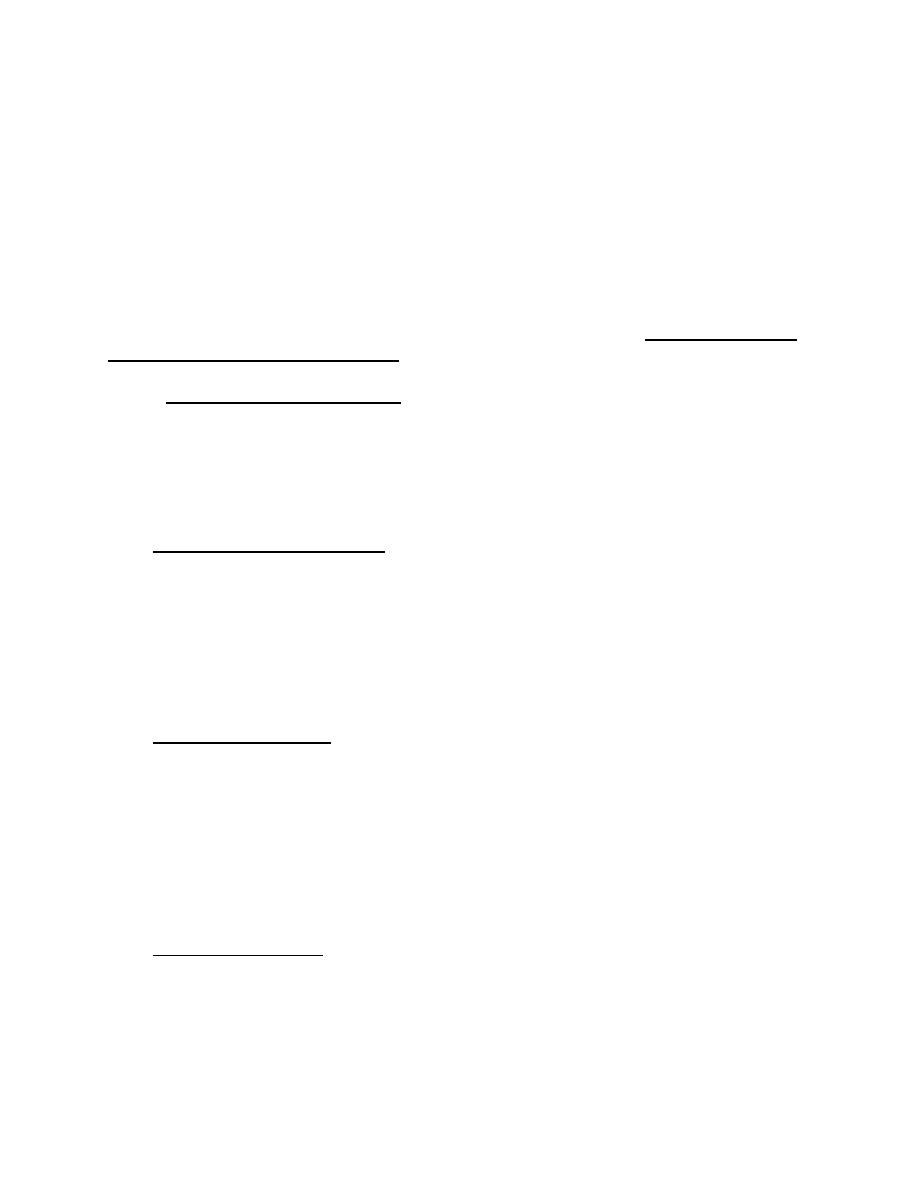

Custom Search
|
|

|
||
 straight edge across the ropes in the drive sheave grooves. All ropes should touch the straight
edge. Ropes that do not touch indicate uneven tension or possible sheave wear. occasionally, an
inspector will find a sheave with an unused groove or two. However, most of the time it is not
used by design, but it never hurts to check the cross head data tag to verify. It is good practice to
confirm the data for the actual rope size and construction. Occasionally, mistakes are found.
Changes in the type or size of the specified hoist ropes will change the rope to sheave traction
factor, resulting in either insufficient traction or excessive traction. Either condition can result
in dangerous consequences. Insufficient traction results in the drive machine losing control of
the car and counterweight. This could result in an overhauling load from either side, causing a
run away condition. Too much traction could result in the machine lifting either the car or
counterweight if the other were to stop and the machine continued to run. The traction factor is
extremely critical to safe hoist operation.
9.6.5.2 Inspection Made with Power On. Close the mainline switch and proceed. Excessive
lubrication of the wire ropes or wear of the sheave grooves may result in reduction of traction.
Test traction by marking the ropes and sheave with a chalk line, then operate the empty car in the
up direction and stop it by opening the emergency stop switch. Return the car to the originating
floor and observe. Any material reduction of traction may be noted by observing slippage
between ropes and traction sheaves.
9.6.6 Guards For Exposed Equipment
With the,mainline switch closed, check exposed gears, sprockets, tape or rope sheaves or
drums of selectors; floor controllers or signal machines; and the ropes, chains, or tapes for
driving same in machine rooms and secondary machinery spaces to determine that the required
guards are in place. Many times guards are removed to service equipment and in haste are not
returned to their proper place. A guard sitting off to the side is not doing its job and could result
in a painful accident.
9.6.7 Winding Drum Machine
The A10.4 Code allows the use of winding drum machines for hoist applications. Drums shall
be grooved with parallel or helical grooving. Only one layer of rope is permitted on helical
grooving. With parallel grooving, no more than four layers of rope are permitted. Open the
mainline switch and examine hoisting and counterweight rope fastenings in the drum. Note that
there would be at least three turns of rope on the drum if the car or counterweight were resting on
its fully compressed buffer. Visually examine and hammer-test the drum for defects or cracks, as
previously described.
9.6.8 Rack And Pinion Drive
Car mounted rack and pinion drive consisting of one or more power-driven rotating pinions
9-11
|
 |
|
 |
||